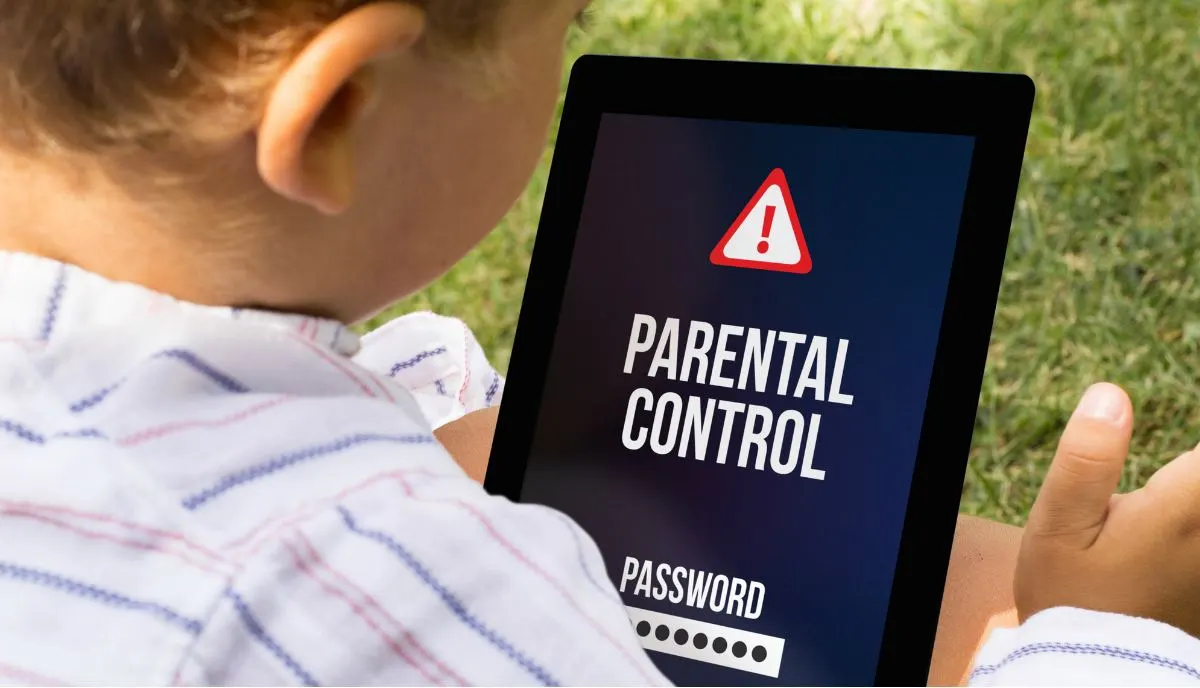Monitoring your kids’ online activity has become essential in today’s digital age. The internet is a powerful tool for learning and entertainment, but it also presents risks such as cyberbullying, inappropriate content, and online predators.
One of the most efficient and simple apps you can use is the parental app, where you can control everything on the phone used by your kids.
This comprehensive guide provides strategies and tools to help parents monitor their children’s online activities effectively.
1. The Importance of Online Safety
Understanding the importance of online safety is the first step. Children and teenagers spend a significant amount of time online for schoolwork, social interaction, and entertainment. However, this increased internet usage can expose them to various online threats. Monitoring their online activity helps mitigate these risks and ensures they have a safe and positive online experience.
2. Establish Open Communication
Open communication is vital. Talk to your children about the potential dangers of the internet. Encourage them to share their online experiences with you and to come to you if they encounter anything uncomfortable or suspicious. Building a trusting relationship makes it easier for them to approach you with any concerns.
3. Set Clear Rules and Boundaries
Setting clear rules and boundaries is essential for safe internet use. Decide which websites and apps are appropriate for your child’s age and maturity level. Set specific times for internet usage and enforce these rules consistently. Make sure your child understands the consequences of breaking these rules.
4. Utilize Parental Control Software

Source: gpgeek.com
Parental control software can help you monitor and manage your child’s online activity. These tools allow you to block inappropriate content, limit screen time, and track their online behavior. Some popular options include:
- Net Nanny ─ Offers comprehensive filtering and monitoring features.
- Qustodio ─ Provides detailed reports on your child’s online activity.
- Kaspersky Safe Kids ─ Includes real-time alerts and GPS tracking.
5. Monitor Social Media Usage
Social media platforms can expose children to cyberbullying and inappropriate content. Regularly check your child’s social media accounts and ensure their privacy settings are appropriately configured. Teach them about the importance of not sharing personal information online.
6. Educate About Online Privacy
Online privacy is a critical aspect of internet safety. Explain to your child the risks associated with sharing personal information online. Encourage them to use strong, unique passwords and to avoid talking to strangers on the internet.
7. Conduct Regular Device Checks
Make it a habit to check your child’s devices regularly. Review their browsing history, downloaded apps, and online interactions. Look for any signs of suspicious activity or interactions that may pose a risk.
8. Promote Safe Online Behavior

Source: the-sun.com
Teach your children about safe online behavior. Encourage them to be respectful and cautious when interacting with others online. Explain the importance of reporting any uncomfortable or suspicious encounters to a trusted adult.
9. Use Browser Extensions for Added Security
Browser extensions like BlockSite and StayFocusd can help block distracting or inappropriate websites. These tools add an extra layer of protection to ensure your child’s online environment is safe.
10. Enable Safe Search Features
Search engines like Google and Bing offer safe search features that filter out inappropriate content. Make sure these features are enabled on your child’s devices to help them avoid harmful material.
11. GPS Tracking and Geofencing
GPS tracking and geofencing apps such as Life360 can help you keep track of your child’s location in real time. These tools allow you to set safe zones and receive alerts if your child enters or leaves these areas.
12. Stay Informed About New Technologies

Source: resources.uknowkids.com
The digital landscape is constantly evolving. Stay updated on new technologies, apps, and trends that could affect your child’s online safety. This knowledge will help you better protect them from emerging threats.
13. Encourage Responsible Technology Use
Teach your child to use technology responsibly. Emphasize the benefits of the internet for education and personal growth while highlighting the potential dangers. Encourage them to use digital devices for productive purposes rather than just entertainment.
14. Establish Technology-Free Zones
Create technology-free zones and times in your home, such as during meals or before bedtime. This encourages face-to-face interaction and helps establish healthy technology habits.
15. Monitor Online Gaming
Online gaming can be addictive and expose children to inappropriate content or interactions. Monitor the games your child plays and ensure they are age-appropriate. Set time limits for gaming and encourage regular breaks.
16. Promote Offline Activities

Source: playgroupnsw.org.au
Encourage your child to engage in offline activities such as sports, hobbies, and outdoor play. This helps reduce their reliance on digital devices and promotes a balanced lifestyle.
17. Regularly Update Privacy Settings
Regularly review and update the privacy settings on your child’s devices and apps. Ensure they are using the highest level of privacy and security available to protect their personal information.
18. Stay Involved in Their Online Life
Be actively involved in your child’s online life. Follow their social media accounts, play online games with them, and show interest in their digital activities. This involvement helps you stay informed about their online behavior and interests.
19. Seek Professional Help if Necessary
If you suspect your child is facing significant online risks or is addicted to technology, seek professional help. Therapists and counselors can provide support and guidance for managing these challenges effectively.
20. Lead by Example
Children often imitate their parents’ behavior. Lead by example by demonstrating responsible and respectful online behavior. Show them how to use the internet as a tool for learning and personal growth.

Source: raisingchildren.net.au
Conclusion
Monitoring your child’s online activity is a continuous process that requires diligence and proactive measures. By establishing clear rules, using the right tools, and maintaining open communication, you can protect your child from online dangers.
Remember, the goal is not to invade their privacy but to ensure their safety and well-being in the digital world.







